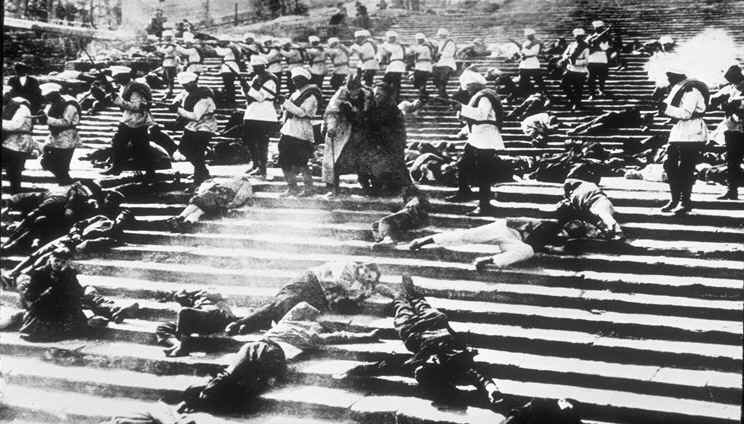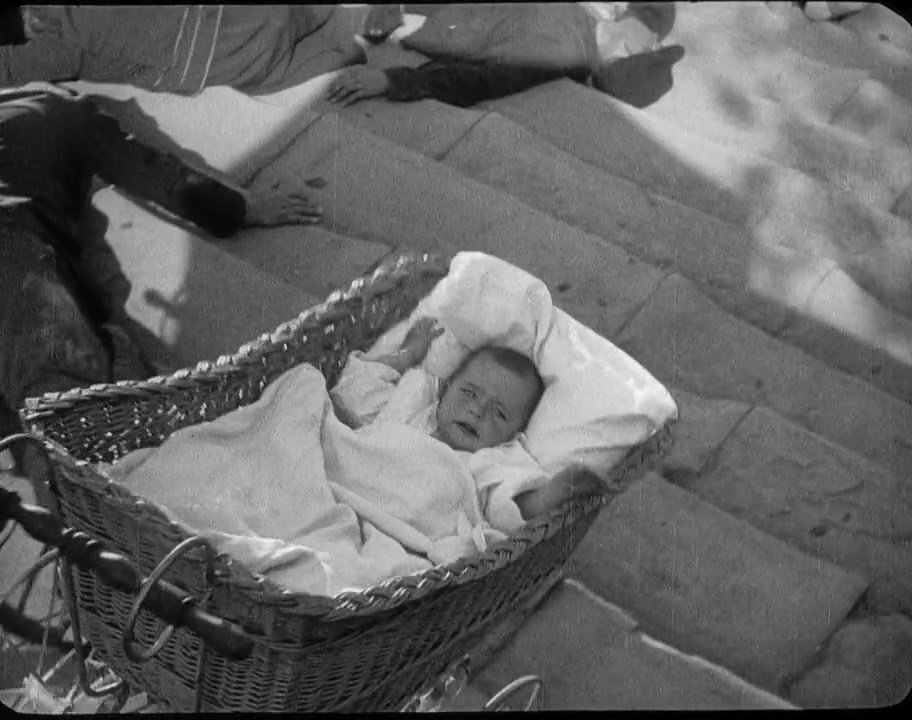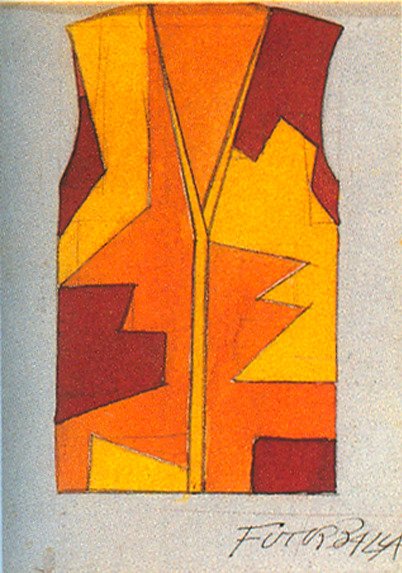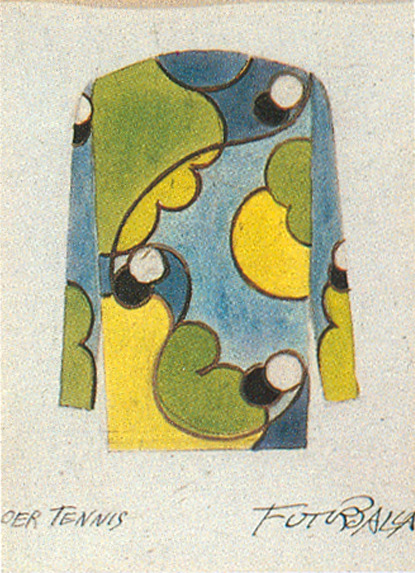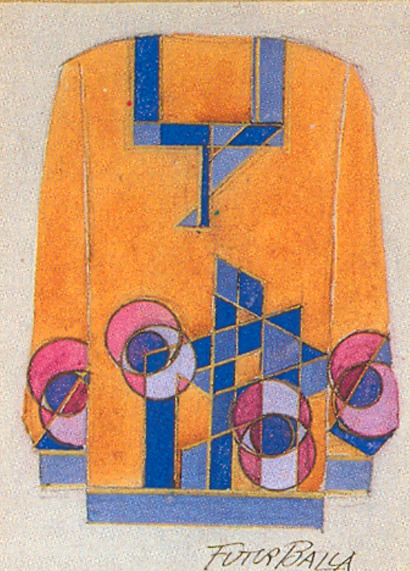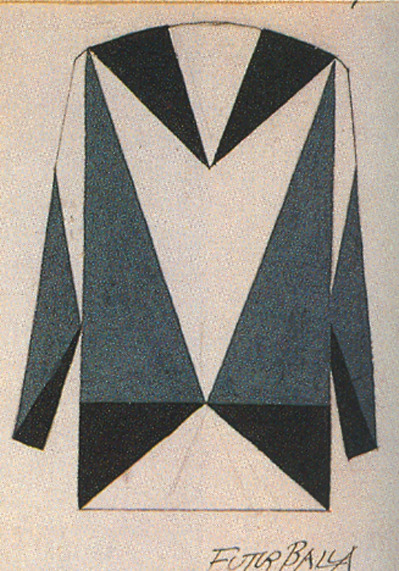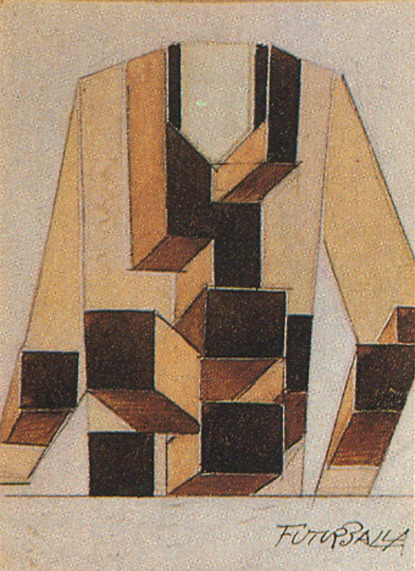Is it the soundtrack, action or excellent acting skills that make me want to see this film over and over again? I don't know. What I do know is that Sherlock Holmes, directed by Guy Ritchie and featuring the talents of Robert Downey Jr. and Jude Law, has become one of my all-time favourite films. In this post I will be discussing the first two-and-a-half minutes of the film.
The opening scene of the film starts with cobbled streets - a key feature in London during the 18th century - which immediately sets the scene. The track 'Discombobulate' composed for the film by Hans Zimmer begins to play which sounds dramatic yet slow, however begins to build up. The camera moves upwards in a follow shot of a horse and carriage; the sound of the clomping horse hooves momentarily dominates the soundtrack. Soon after we notice and increase in camera movement as the camera moves towards the carriage and zooms inside. This increase in speed mimics the speed of the carriage and this ultimately generates a sense of urgency and movement. After several close-up shots of the weapons being handled by two male characters, we are introduced to a man running, as though he is a suspect and the carriage is following him. Through a close-up shot, the camera then reveals that the man is the protagonist. Soon after, a voice-over is used as the leading character stands against a wall in a building as he contemplates his next moves. This attack scene is in slow motion and the music is muted. The scene then flashes forward to when he leaps out and attacks a man using the fight moves stated in the voice-over. The scene ends with the protagonist taking his attacker's hat and swiftly descending a spiral staircase.
Emphasis on movement in this scene is created through the use of music, slow motion and contrasting brisk camera movements in certain moments, and close-up shots.
References:
IMDb. Sherlock Holmes (2009) [online]. Available at <http://www.imdb.com/title/tt0988045/> [Accessed 28th October, 2013]
Image source:
http://2.bp.blogspot.com/MSaOPLoLR3w/Tu6JwQTrqpI/AAAAAAAACMc/9WEqiLhPF4g/s400/zz+fighting+ring+sherlock_holmes50.jpg
Video sources:
http://www.youtube.com/watch?v=XSc_pRWkegg&list=PL0BD4DDEDB4BC7E80

